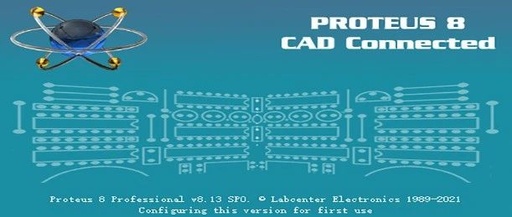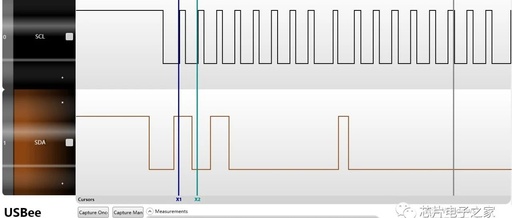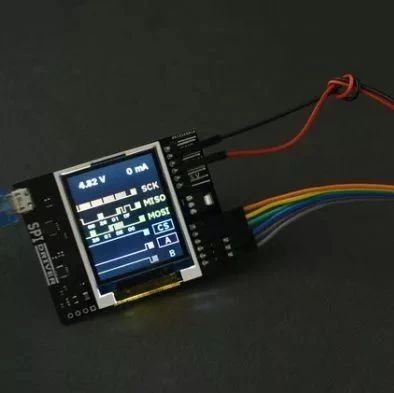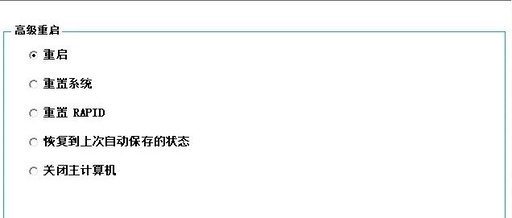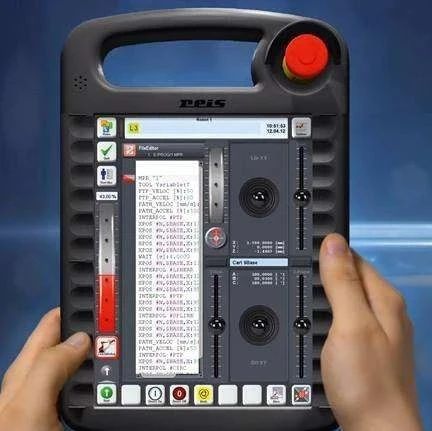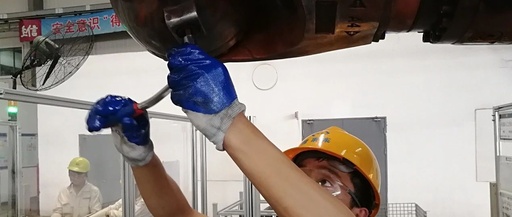Proteus 8.13 Installation Tutorial
Software Download [Software Name]: Proteus 8.13 [Software Size]: 447.71MB [Installation Environment]: Win 11/Win 10/Win 8/Win 7 [64-bit Download Link]:https://pan.baidu.com/s/1h88I4_3i9wyu0UHSR7Fqvg [Extraction Code]: hrgj (It is recommended to copy and paste the link and extraction code) [Download Method]: Click to see how to download [Remote Installation]:20 yuan per software, refund if installation fails, contact QQ:2362330026 [Consultation for … Read more
